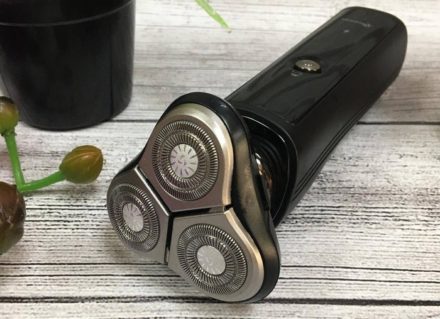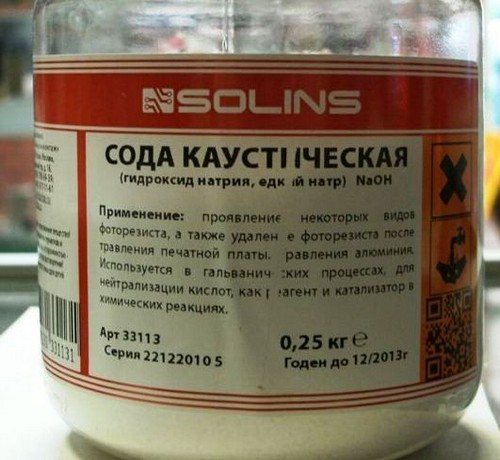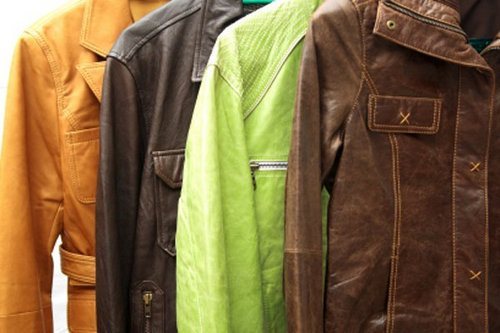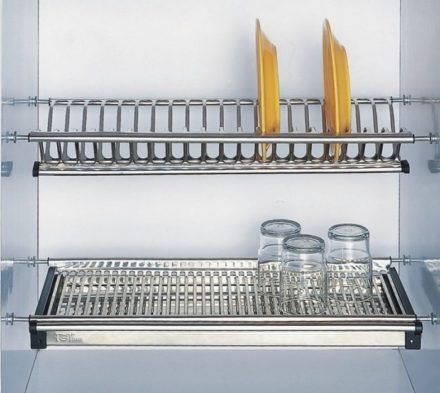Every person in the process of wearing things faces such a problem as pilling on clothes. These small formations give things an unsightly appearance, and therefore it becomes impossible to wear such clothes. There are several simple and effective methods for removing pellets and preventing their occurrence.
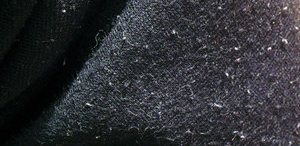
How are pellets formed?
According to the results of practice, it becomes known that even the highest quality things wear out over time and the first sign of this is the appearance of pellets on its surface. The fundamental reasons for this problem are:
- Synthetic content in the fabric. Practice shows that the more synthetic materials a fabric contains, the faster the item wears out, resulting in the formation of pills.
- Lack of proper care for the item. If in the process of wearing clothes the rules necessary for their care are not followed, then such an item will quickly become unusable. For example, washing with unauthorized products or non-compliance with temperature conditions.
- The presence of long thread broaches. When purchasing, it is important to pay attention to the quality of the fabric of the item you are purchasing.
- When purchasing an item, you should pay attention to whether there is lint on its surface, since wearing such clothes can also cause pilling to form.
- Loose fabric structure.
- Frequent rubbing of things against any surface. Often things can form pellets in the armpits and between the legs.
Methods for removing pellets
Machine. The problem of the appearance of pellets has worried women for a very long time, and for this reason a special machine was created to remove them. The principle of its operation is very simple. As the machine moves, it will automatically, using special blades, remove (cut off) the pills on the surface of the clothing. Typically, the operation of such a device is provided by a battery or batteries. The machine is easy to use and is intended mainly for wool and knitted fabrics.
Sandpaper. This method is not very common, but it is quite effective if you don’t have a special machine at hand. To remove pellets, it is better to use very fine sandpaper. You need to remove hairballs carefully, trying not to catch the fabric itself.
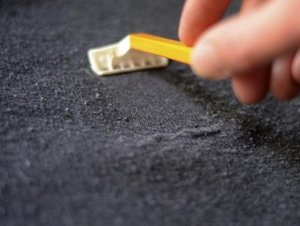 Razor. There are also folk methods of dealing with pellets. In particular, this is removing pellets with a razor. This method is very effective, but at the same time very dangerous for the fabric. Using a razor can quickly remove pellets from knitwear, but be careful when cleaning wool fabrics. When removing, you need to slightly stretch the fabric; the blade should not be too sharp. It is recommended to remove pellets from bottom to top.
Razor. There are also folk methods of dealing with pellets. In particular, this is removing pellets with a razor. This method is very effective, but at the same time very dangerous for the fabric. Using a razor can quickly remove pellets from knitwear, but be careful when cleaning wool fabrics. When removing, you need to slightly stretch the fabric; the blade should not be too sharp. It is recommended to remove pellets from bottom to top.
The razor removal method is ideal for hats, tights and socks. It is not recommended to remove pellets in this way from fabrics made from mohair, angora and cashmere.
Sponge for washing dishes. This method is suitable if there are not a lot of pilling on the clothes yet, and they have only recently formed. It works like this: turn the sponge over with the hard side and carefully remove the pellets.
Scotch. For this removal of pellets, the most sticky types of tape, patches or adhesive tapes are used. To work in this way, you need to follow the principle of wax strips, that is, apply the tape to the surface and tear it off sharply. This method is very effective if used for newly appeared pellets.
Black bread. Cleaning clothes from pellets with black (rye) bread is a great way. To do this, just dry a thick slice of bread in the oven and treat the item with it. Another advantage of this method is that rye bread copes well with outdated pellets. But it is worth remembering that it is better to use only black bread, since white bread will crumble in any condition, which is why your clothes will also have to be cleaned of crumbs.
Scissors. This method cannot be called fast, since when working you need to cut off the pellets one by one. Lumps should be removed in this way very carefully, as the likelihood of tissue damage is very high.
Sticky side of zipper with hooks. When removing pellets using the hard side of this device, it is impossible to damage the fabric. All you need to do is glue this zipper to the fabric and quickly peel it off. You can buy a zipper with hooks at any haberdashery store.
Dry cleaning. An ideal and safe method to solve the problem of pellet formation. If finances allow you to give the item to specialists who will put it in order, then it is worth doing so.
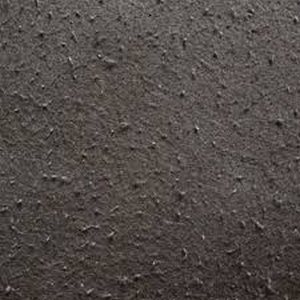 Fine tooth comb. Well suited if large pills have formed on clothes.Their removal involves the following action: when combing the surface of the fabric, the pellets will get stuck between the teeth of the comb, after which they must be carefully cut off with scissors.
Fine tooth comb. Well suited if large pills have formed on clothes.Their removal involves the following action: when combing the surface of the fabric, the pellets will get stuck between the teeth of the comb, after which they must be carefully cut off with scissors.
Special washing powder or liquid detergent. The packaging of such products usually bears the inscription “softens fabric fibers,” and therefore, due to the presence of special additives in their composition, after a couple of washes, the pellets disappear on their own.
Toothbrush. In this way, you can remove pellets even from fabrics such as mohair, angora and others. The toothbrush should be soft enough. When removing, you should comb the surface until all the lumps come off. After the removal process has been completed, you need to soak the clothes in warm water containing vinegar. The item should be dried on a towel, but not in the sun or a heater.
Artificial pumice. In some cases, artificial pumice for the heels can help. You just need to use it to treat the surface of the item, collecting wool lumps. The advantage of this method is that pumice does not leave comb marks on the fabric.
Rollers with adhesive tape. This method is ideal for items with newly formed pellets.
How to prevent pilling
In order to avoid unnecessary consequences associated with the appearance of pellets, it is necessary:
- follow all necessary instructions for caring for items (ironing, drying, washing, etc.);
- periodically remove pellets as soon as they appear;
- When washing knitwear, do not twist or soak it;
- expensive fabrics must be dry cleaned;
- It is better to store things that are highly susceptible to pilling by turning them inside out;
- It is better to wash delicate items by hand and dry them on a towel;
- use detergents labeled “softens fabric fibers” for prevention;
- try not to wear something prone to pilling under outer clothing, friction against which causes this problem;
- do not use too aggressive washing and detergents;
- adhere to the recommended washing temperature (water that is too hot will damage the fabric).
By following these simple recommendations, you can easily maintain the original appearance of all things.


